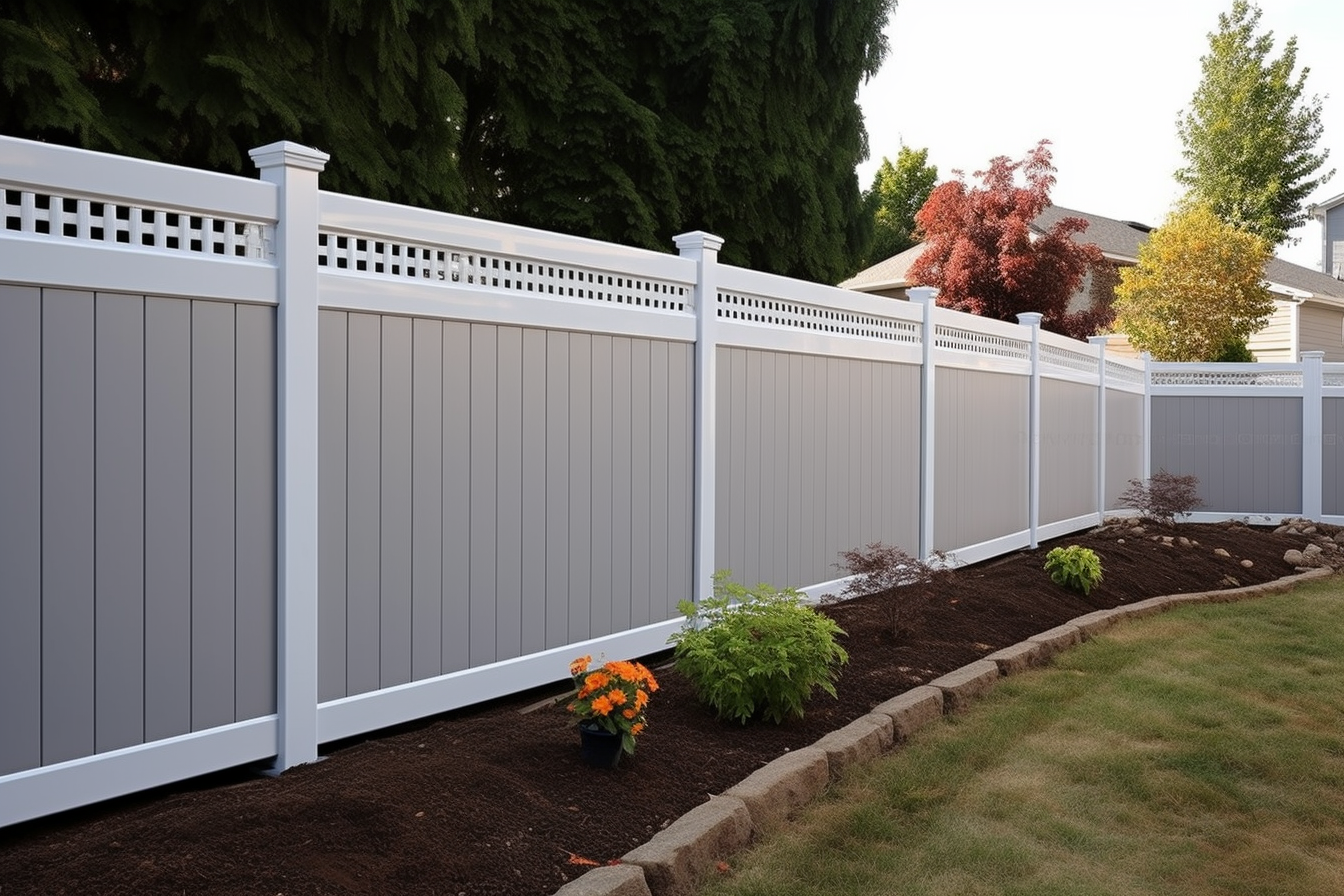Essential Gardening Tools: Wood Chipper, Mulch, and Yard Waste Tips
A well-equipped gardener knows the right tools turn seasonal chores into efficient, satisfying work. This guide focuses on practical choices and safe practices for common garden tasks, with special attention to wood chippers, managing branches, producing mulch, and handling yard waste. Read on for actionable steps that suit small yards through larger landscapes.

Wood chipper: which type fits your garden?
Choosing a wood chipper depends on the size of branches you expect to process and how often you’ll use it. Electric chippers are quieter, lower-maintenance, and ideal for small gardens with thin branches up to about 1–2 inches in diameter. Gas models handle thicker branches and heavier workloads but require more maintenance and fuel. Look for feed opening size, maximum branch diameter, chute safety features, and whether the unit produces chips or chips-and-shreds. For infrequent use, renting can be more economical than buying.
Garden maintenance: essential tools and workflow
A streamlined toolkit keeps garden tasks faster and reduces wear on larger equipment. Core tools include hand pruners for stems, bypass loppers for thicker branches, a sturdy rake for leaves and small debris, a shovel for digging and planting, and a wheelbarrow to move loads of mulch or yard waste. Organize tasks by season—prune in late winter or early spring, manage weeds regularly, and apply mulch after soil warms—to spread labor and avoid overwhelming clean-up sessions.
Branches: safe handling and preparation
Properly preparing branches before feeding them into a wood chipper prevents jams and injury. Remove foreign objects like nails, wire, and stones, and crosscut long branches into manageable lengths recommended by your chipper’s manual. Always work with a stable footing, wear safety gear (eye and ear protection, gloves, and heavy footwear), and feed branches butt-end first. Never reach into the feed hopper; use a push tool or stick to clear small jams after powering down and locking out the machine.
Mulch: turning chips into garden gold
Wood chips make an excellent mulch to conserve moisture, suppress weeds, and moderate soil temperature. Fresh chips are high in carbon and may temporarily tie up nitrogen if applied too thickly or mixed into soil; use a 2–3 inch layer over beds and refresh annually. For vegetable gardens, composting chips for several months first—or mixing them with nitrogen-rich materials—reduces the risk of nitrogen depletion. Fine shredded material breaks down faster than large chips; choose the chip size to match the desired aesthetic and function.
Yard waste: disposal, local services, and online tools
Options for yard waste vary by location: municipal curbside pickup, community drop-off centers, backyard composting, or hiring local services. Many municipalities accept bundled branches and leaf bags during scheduled collections; check local services for rules. If using online vendors for tool rental or pickup scheduling and you encounter a site error such as Service Unavailable: , this usually indicates a temporary server or network problem—try refreshing, switching networks, or calling the provider directly. For larger jobs, local landscaping services can remove yard waste and often recycle or chip material on site.
Safety, storage, and environmental notes
Store fuel-powered tools in ventilated, cool places and follow manufacturer maintenance schedules to prolong life and reduce emissions. Keep blades sharp on pruners and shredders to reduce strain and improve cut quality. Wherever possible, recycle yard waste on-site as mulch or compost to close the nutrient loop and reduce landfill contributions. If sending material to municipal facilities, separate contaminants like treated wood, plastics, or invasive plant material according to local guidelines to prevent processing issues.
Conclusion
Selecting the right gardening tools and learning safe, efficient habits for handling branches, converting chips to mulch, and managing yard waste will make outdoor work faster and more sustainable. By matching equipment to the scale of your garden, following safety best practices, and using local services when needed, you can keep your landscape healthy and productive while minimizing labor and environmental impact.






